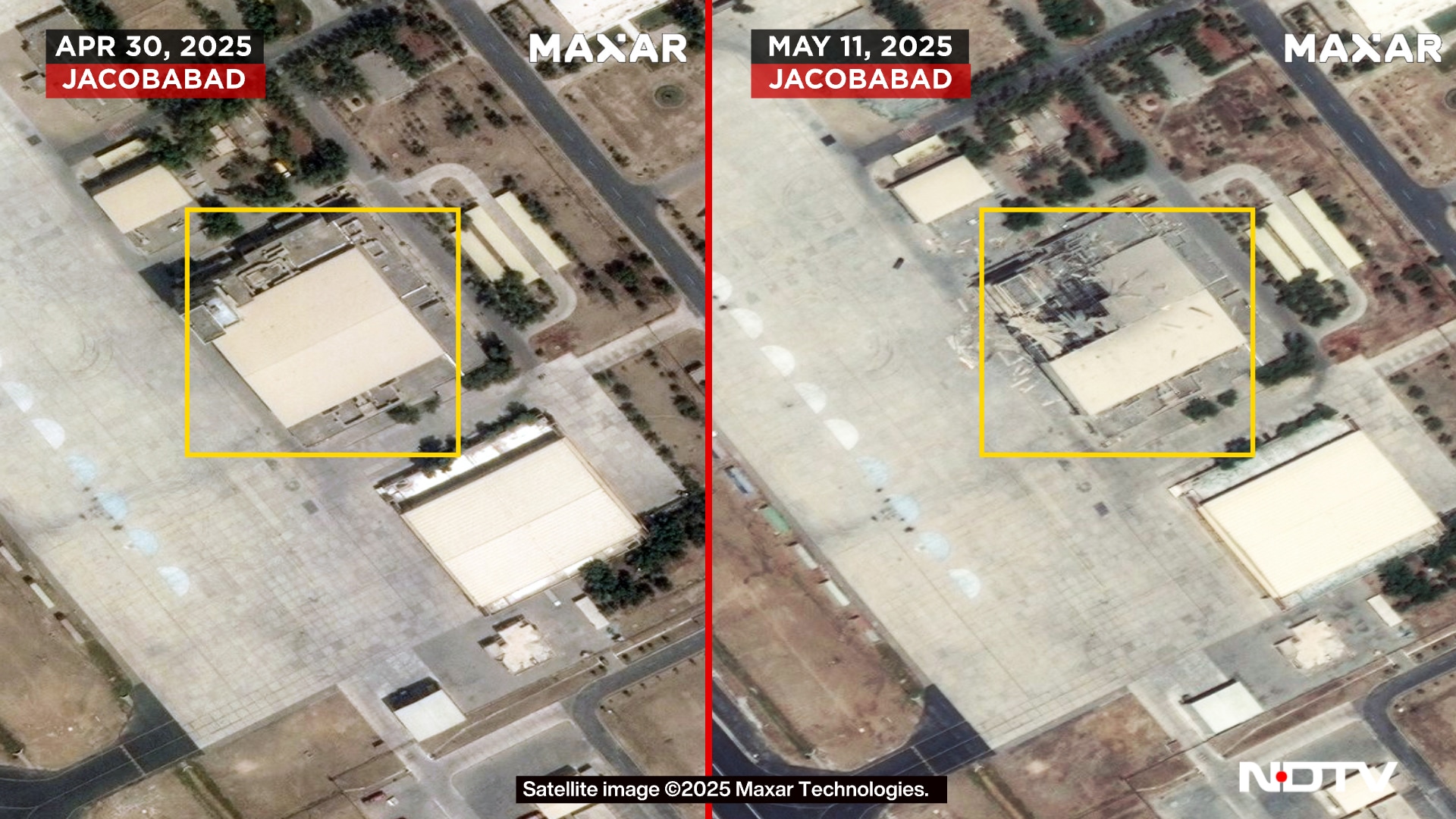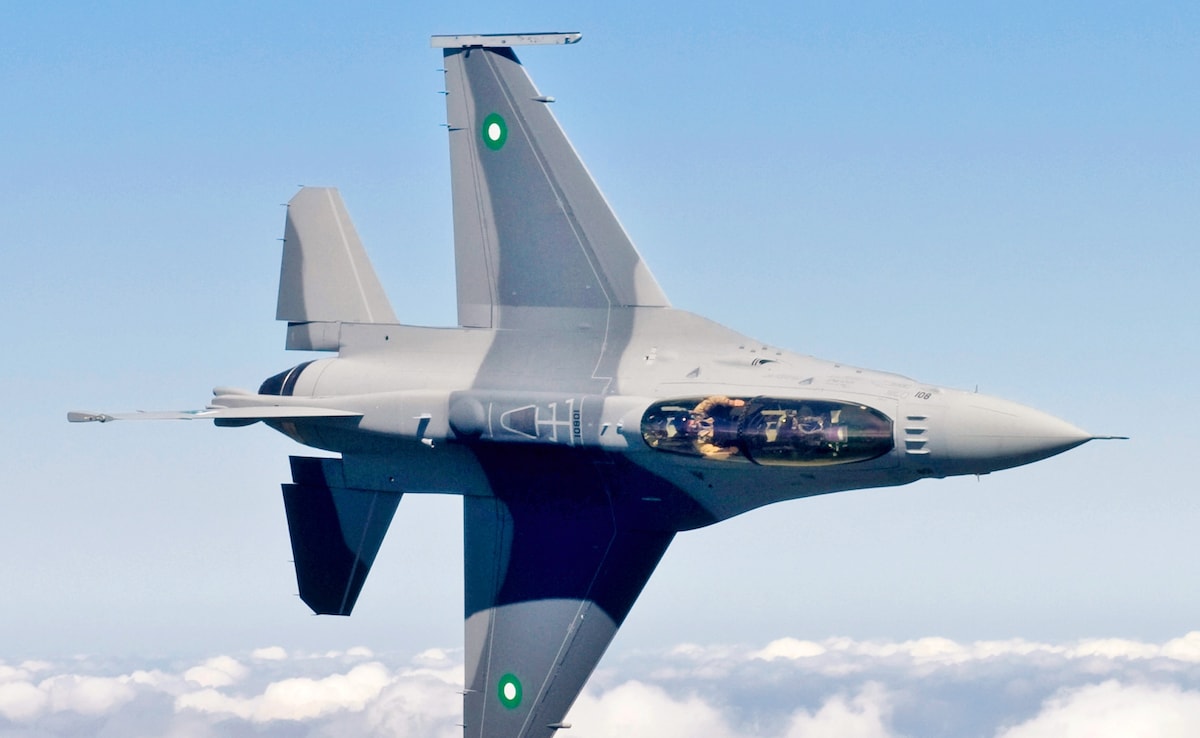The US government has refused to answer specific queries on the loss of Pakistan Air Force-operated F-16 fighter jets during Op Sindoor, the intense 88-hour battle fought by India and Pakistan between May 7 and May 10. In a statement to NDTV, the US State Department has said, “We refer you to the Government of Pakistan to discuss its F-16s.”
The United States keeps full knowledge of the status of Pakistan-operated F-16s through US contractors, known as Technical Support Teams (TSTs), who are deployed in Pakistan 24/7 to monitor the use of Pakistan’s US-built F-16s. These TSTs operate following elaborate end-use agreements signed between Islamabad and Washington. The agreements define the conditions under which Pakistan’s F-16s can be used in combat and are the basis upon which Islamabad continues to receive US support to maintain and sustain its F-16 fleet. These Technical Support Teams are, therefore, contractually obliged to be fully aware of the status of all of Pakistan’s F-16 jets at all times.
The US State Department statement to NDTV contrasts starkly with information on Pakistan-operated F-16s, which US government sources had provided Foreign Policy Magazine in 2019, shortly after India carried out air strikes on the Balakot terror facility.
Responding to queries at the time, Foreign Policy Magazine reported, “Two senior US defence officials with direct knowledge of the situation told Foreign Policy that US personnel recently counted Islamabad’s F-16s and found none missing.” The clarification came after India claimed that at least one Pakistan Air Force F-16 had been shot down at the time.
New Delhi now believes that Pakistan Air Force lost a number of F-16 fighter jets in the combat during Operation Sindoor, between May 7 and May 10, either on the ground as a result of IAF strikes or in the air.
On Saturday, in a significant claim three months after the end of hostilities in May, the Indian Air Force chief said, ”Shahbaz Jacobabad airfield (was) one of the major airfields that was attacked. Here, there’s an F-16 hangar.” He added, “One half of the hangar is gone. And I’m sure there were some aircraft inside which have got damaged there.”

Jacobabad airfield was one of the major airfields struck during Op Sindoor (Hi-res images here)
Spelling out the IAF ground strikes, Air Chief Marshal AP Singh said, “Three hangars that we attacked: Sukkur – UAV [Unmanned Aerial Vehicle] hangar, the Bholari hangar of the AEW&C [Airborne Early Warning and Control aircraft] and Jacobabad – the F-16 hangar. We have an indication of at least one AEW&C in that AEW&C hangar and a few F-16s, which were under maintenance.”
The IAF also claims to have shot down six Pakistani aircraft during Op Sindoor. ”We have at least five fighters as confirmed kills and one large aircraft, which could be either an ELINT [Electronic Intelligence] aircraft or an AEW&C [Airborne Early Warning and Control] aircraft.” The Air Chief did not spell out the types of fighter jets the IAF believes it has shot down.
Islamabad, which has made its own claims on IAF jets being shot down during Op Sindoor hostilities, has rejected those made by the IAF Chief. ”If the truth is in question, let both sides open their aircraft inventories to independent verification – though we suspect this would lay bare the reality India seeks to obscure,” said Pakistan’s Defence Minister Khawaja Muhammad Asif. India has not responded to the Pakistan Defence Minister’s dare.
In response to an earlier Freedom of Information Act (FOIA) request filed by NDTV with the identical set of questions posed now to the US State Department, the US Department of Defence had said, “The FOIA does not require agencies to compile information, conduct research, answer questions, or create new documents in response to FOIA requests.” Subsequent queries to the Pentagon and to the office of the US Secretary of Defence for Public Affairs Community Engagement met with no response.




